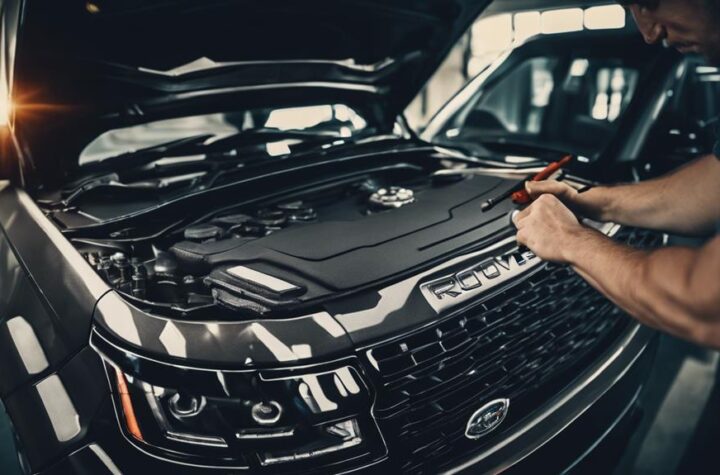
With every major OEM now in the race to produce affordable electric vehicles (EVs), the focus is on ways of bringing down the cost of manufacturing and ownership — and that of the battery in particular.
“Meeting those cost goals will require innovation across the entire battery value chain,” says Larry Thomas, president and CEO of Primet Precision Materials based in Ithaca, New York. The Obama administration has poured $2.4 billion to spur commercialization of electric-vehicle batteries, battery materials and charging infrastructure. Obama wants to see a million electric vehicles on the road by 2015 as the US competes against China, Japan and other Asian countries for the lead. That will only happen if the cost of ownership of an EV is competitive against that of a gasoline or diesel–powered vehicle.
The market for lithium-ion (LIB) batteries (both automotive and other uses) is predicted to reach US$70-billion by 2019 mainly due to the expanding demand for EVs and hybrid vehicles. The current cost of lithium ion batteries for vehicles is around US$1,000 per kWh.
A substantial percentage of this cost is the cathode powder used in lithium ion batteries. Using existing production techniques, the cost to battery makers of this essential component is expected to be around US$14-billion – an expense which has to halve if LIB batteries are to be competitive.
“The electrode materials are the single largest component of the battery’s cost. The chemical industry must deploy new process technology that provides a way to make those materials in large-volume, with high performance, at substantially lower costs. The industry must develop breakthrough technology to enable domestic battery production for both military and civilian applications at costs and performance that make EVs competitive in the market,” says Thomas.
To meet that goal, Primet believes that the suppliers of electrode materials to battery manufacturers must reduce their production costs by 60% or more. At least seven of the world’s 20 largest chemical companies are targeting the battery material market, according to Thomas. Primet, in turn, is focusing on supporting the chemical companies.
“A true breakthrough process must convert mineral sources into finished electrode powder with a fraction of the energy required by traditional methods, and a far shorter production time in a radically reduced physical plant,” said Robert Dobbs, Chief Technology Officer at Primet Precision. “Coupling those attributes with our water-based process will allow us to stake our claim as a truly enabling next-generation clean technology.”
Traditional technologies used to make small chemical particles consume large amounts of energy and produce inconsistent materials. This results in inefficient use of resources and reduces the ability to scale production, according to Thomas. He compares the present situation with that of photovoltaic cell production, where it used to take more energy to produce a photovoltaic cell than it would produce in its lifetime. Primet’s patented NanoScission suite of technologies shears particles instead of crushing or grinding them. The result is the scalable production of uniform crystals to any specified size. Particle uniformity allows them to be “easily handled” in the battery electrode manufacturing process.
Automotive Industries (AI) asked Thomas what materials can be produced using the NanoScission process.
Thomas: We have to accept there is no “next great” cathode material. There will be a number of solutions. Chemists are making wonderful new materials that are also fantastically difficult and expensive to produce in commercial quantities. We have tried to develop technology that allows you to make any of these materials in large volumes at low cost, and with performance at close as possible to theoretical maximum. More and more, the conversation is being dominated by engineers asking how do we make this, and how do we make it cheaper? Our challenge as engineers is to find ways of bringing the material to market, and to produce it at the thousands of tons scale. We believe that our NanoScission process can do this cost-effectively with a wide range of materials — even those that are still being developed.
AI: What is the underlying chemistry – how can one technology provide multiple solutions?
Thomas: Battery materials are crystals. The challenge is to find cost-effective ways to make the crystals. Essentially, what the suppliers of battery materials are doing is taking raw mineral sources – iron oxide, cobalt oxide, lithium etc and upgrading them by one or two steps, and combining them to create an electro-active material that is sold to the battery company. A truly novel process technology should be able to make multiple materials that the battery industry needs to solve its problems.
AI: Where NanoScission fit in?
Thomas: Both in the cost of building and operating the plants. One of the rules of thumb you use in the chemical industry is that, for every dollar of annual revenue, you have to invest one dollar in the plant. If you look at the projected demand of cathode and anode material, it runs into tens of billions of dollars. There aren’t many companies in the world that can invest US$10-billion in new facilities, or have the engineering skills required to design, build and operate plants at that scale. To put it into perspective, it is estimated that the entire US chemical industry invested about US$15-billion on new plant for new products over the past 10 years. It’s not reasonable to think that the industry can deploy that much capital over the next 10 years solely for the EV battery industry. The chemical industry must adopt process technology that can reduce the cost of building those plants by 50% or more to have a chance of meeting the oncoming demand.
Operating costs are also going to have to be significantly lower. Existing technology is a very energy intensive process, and again that means high costs to convert raw materials to finished goods. A combination of lower capital and energy costs for critical battery materials will take hundreds, if not thousands of dollars out of the cost of each battery pack. A bonus is that making the production process less capital and energy intensive makes it greener, and reduces the environmental impact of batteries. The last thing we want to have to debate is how much it costs to produce a battery, and how much waste is generated in the process.
AI: What changes will have to be made in the way batteries are built?
Thomas: New process technology for materials should not require any change in the chemistry of the battery components or the battery manufacturing process itself. Our industry’s challenge is to deliver the powder to the battery manufacturer at a lower cost. There is a low risk to the OEM, because they will be using existing technology.
AI: Where next for the technology?
Thomas: We think our process technology has the potential to transform the way battery materials are made. What we are looking to do at the moment is to partner with larger companies that can take the technology to market. We believe our technology can deliver substantial improvements to the way today’s battery materials are made, as well as facilitate the commercial production of the new materials being developed in laboratories and universities. It does not matter how good the material looks on paper or in the laboratory if it is not available in large volumes and at low cost.














































 Race is on to supply EV charging stations
Race is on to supply EV charging stations


